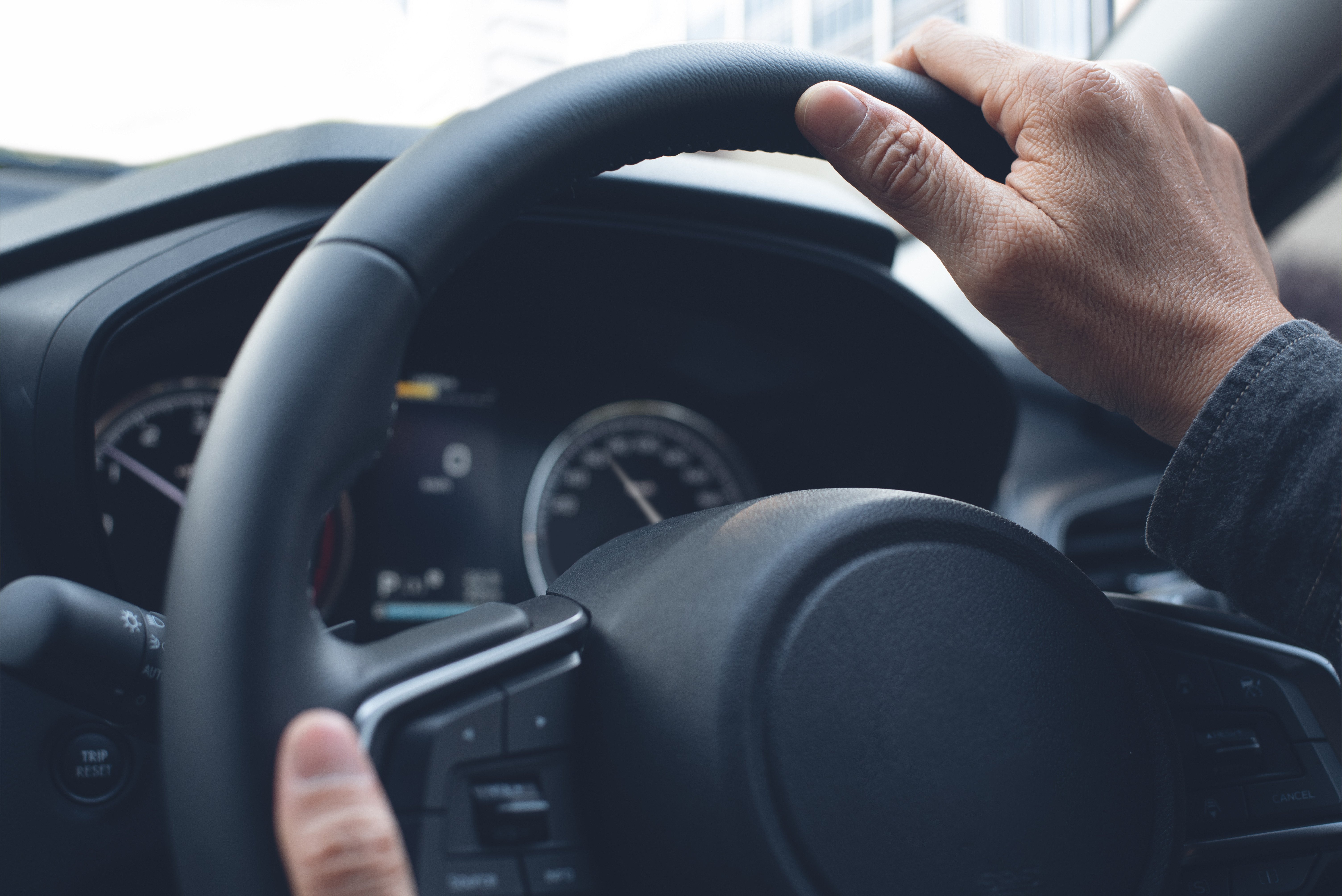
Driving at any time can lead to challenges. However, driving at night adds to the difficulties that many drivers face regularly. Fortunately, there are things drivers can do to remain safe on the road after dark. But it’s not just about identifying the challenges; it’s also about having countermeasures in place to help drivers stay safe on the road.
Seeing After Dark
One of the challenges drivers may face when driving at night is blurred vision. It may be more difficult to recognize different lane markings and road signs during low light conditions or to notice when you are cresting a hill or approaching a sharp curve.
Vision issues may stem from cataracts, a lack of vitamin A, or night myopia. If you experience blurred vision — especially when driving — it’s essential to talk with your physician.
One of the first symptoms of cataracts is often blurry night vision. To correct cataracts, a doctor will surgically replace your clouded natural lens in your eye with a transparent artificial lens model known as an intraocular lens. After surgery, most people have much better vision, but some people may still require corrective lenses.
If your blurred vision is due to a lack of vitamin A, a change in your diet will do the trick. Vitamin A is found in foods such as carrots and leafy vegetables. Vitamin A helps keep the retina healthy, which is at the back of your eye where images are focused. Traditionally, if you have health issues that make it difficult for you to absorb nutrients, it may lead to night vision problems.
Additionally, many drivers may suffer from night myopia. Myopia means near-sightedness, so night myopia refers to near-sightedness at night. In daylight, your vision may be great. But in low-light conditions, your vision becomes blurry. Corrective lenses can fix this condition. Consulting with an optometrist will confirm this or any other vision issues, and they can make proper recommendations to help improve your night vision.
Driver Fatigue
Fatigue is a major problem facing drivers, especially those who drive at night. This issue is especially common for those who work extended hours or have frequent shift changes that include night driving.
Switching from day shift to night shift often interferes with your internal clock. During what would typically be your sleep time, you’re on the road having to make safe driving choices. Driving while you would normally be sleeping can lead to fatigue.
A lack of sleep, in general, is another major cause of fatigue, especially after the sun goes down. However, drivers can do a few things to combat the feeling of fatigue while driving at night.
Fatigue lessens your ability to make quick reactions and solid driving decisions while on the road. It’s often more than just being sleepy. It’s essential to make changes to remain alert.
Eating healthy, getting plenty of sleep, and taking breaks are good ways to avoid fatigue. Knowing the signs of fatigue is essential. These signs may include drifting out of the lane, missing a turn or exit, or having prolonged closing of the eyes, including longer blinks.
If you feel fatigue setting in, pull over to a safe location and take a break. A quick power nap can often do the trick to keep you awake and alert. Cold air, caffeine, and conversation are short-term solutions that can help until you can reach a safe place to park.
High Beam Headlight Use
Driving at night also leads to the distraction of oncoming high beam headlights. The bright glow of headlight beams may make it difficult to see the road ahead, including where your lane is heading and if there are any obstacles in your path. If an oncoming driver leaves their high beam headlights on, sometimes a simple reminder will get them to go back to low beam headlights.
A quick flash of your high beam headlights lets the oncoming driver know they’ve left their high beam headlights on too long. Depending on the state, high beam headlights should be lowered when you’re within 500 feet of an oncoming vehicle. This action reduces any possible distraction or temporary blindness.
If a driver fails to lower their high beam headlights, there’s no need to retaliate by leaving your high beam headlights on as well. Instead, ease off the accelerator and look toward the right side of your lane until the vehicle passes.
Keep in mind that where you look is where you go. Look as far ahead as possible but to the right side. Since high beam headlights are aimed up and to the right of the vehicle, you are looking away from the heart of the high beam. Looking toward the bright headlights may mean it takes a few more seconds to adjust from a brighter light to dimmer light.
Overdriving Headlights
Since you can only respond to what you can see, speeding can be a significant problem while driving at night. Not being able to stop within the illuminated area of the road ahead is referred to as overdriving your headlights. This issue typically happens when traveling at higher rates of speed. And it can happen with high beam headlights and low beam headlights.
To avoid overdriving your headlights on dark rural roads, keep your high beam headlights on as much as possible. If you need to lower your high beam headlights because of an oncoming vehicle, reduce your speed slightly. Doing this gives you enough time to spot any debris on the road in time to respond to it.
Darkness is Not the Only Risk
According to the National Highway Traffic Safety Administration (NHTSA), 55% of fatal crashes involving alcohol-impaired drivers happen between midnight and 3 a.m., and approximately 36% of fatal crashes involving alcohol-impaired drivers occur between 9 p.m. and midnight. It does not have to be late at night to risk impaired drivers on the road.
Driving at night means being more aware of the unexpected movements of drivers. Have a good look at intersections to ensure drivers stop for red lights and stop signs before you proceed.
Prepare Your Vehicle
It’s not just the driver who needs to be prepared to drive at night. The vehicle should also be ready. A few things should be taken into consideration before the pre-trip inspection.
The windshield should be cleaned regularly — both inside and out — to help reduce the glare from opposing headlights and city lights. Over time the headlight lenses can develop a yellow coating. To benefit the most from your high beam headlights, it’s advantageous to clean the lenses.
The 5Keys® to Night Driving
Improving your knowledge base for driving at night has many advantages for all drivers as they attempt to stay safe on the road. Take a look at Smith System’s latest E-Learning, The 5Keys to Night Driving, which provides drivers with the information they need to stay safe after dark. The 5Keys to Night Driving discusses how The Smith5Keys® apply to driving at night, including where to look and how to keep your driving focus while you adapt and compensate for low-light conditions.










